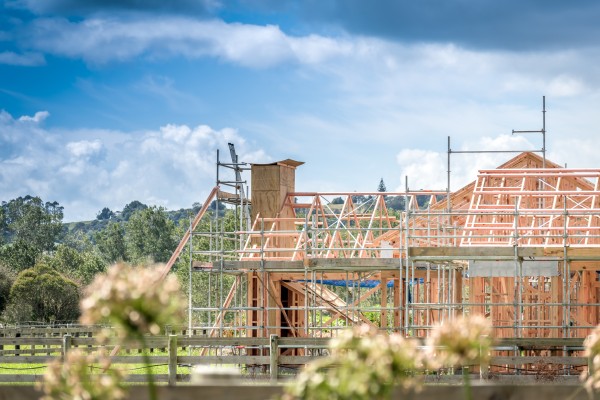Summary
Several key announcements in the 2023 Budget, announced this week, have implications for housing and public health. This includes new public housing, extending the Warmer Kiwi Homes Programme, and investment in infrastructure. This Briefing article outlines the new funding and further opportunities to improve housing in Aotearoa New Zealand.
Kāinga Ora – Home and Communities, a Crown agency, has been funded in the Budget to build an extra 3,000 new public homes on top of the 14,050 homes which have already been funded by the present Government. Despite COVID-19 and supply constraints, Kāinga Ora has so far built 11,830 public homes with a further 4,500 under way.
There was a welcome reduction of 10 percent in the number of households on the Ministry of Social Development’s Public Housing Waiting List between March last year and this year, but the newly funded 3,000 houses, alongside the houses near completion, will still fall short of the stock needed to house the 24,081 households on the Public Housing Waiting List. Helping to close the gap are 4,131 transitional houses, but these houses have shorter term leases compared to public housing and mean the children in these houses are more likely to have to move when the household has to move on.
So we are slowly closing the gap created by the sale of around 10,000 state houses by the previous government. Looking forward, there is a wave of new migrants coming into the country, who will contribute to Aotearoa New Zealand’s growing population, while most other countries’ populations are stagnant or declining. It is of concern then that the percentage of public housing in Aotearoa remains under 5 percent. This compares to almost 35 percent in the Netherlands and over 15 percent in the UK.
Most of the houses that will be around by the turn of the next century have already been built and we have been waiting impatiently for the Building Code to be updated so that it compares more favourably with countries like Ireland. Governments have struggled with what to do here.
It’s one thing to have a patently good idea - making existing houses warm, dry and healthy by retrofitting insulation and providing households with heaters. It’s another thing to independently evaluate the Warmer Kiwi Homes Programme to check its effectiveness and efficiency and to show that these two relatively simple measures – insulation and heating - reduce electricity use on average by 16 percent.
It’s an excellent idea to extend and upscale the Programme nationally, in partnership with local communities and builders across the country. The Government’s 2023 Wellbeing Budget has now taken an even more long-sighted view by expanding the Warmer Kiwi Homes programme with a budget allocation for the next four years to retrofit 100,000 more homes, which will double the number of homes that have already been funded.
It is pleasing to also see funding in the Budget for an additional 322 homes to house Māori under the Whai Kāinga Whai Oranga programme. However, it is to be sincerely hoped this funding will also be used to support papakāinga housing being planned by Māori Urban Authorities, who have been excluded in the past, as well as Iwi.
In the 2023 Budget, there is a hefty $71 billion budget allocation to the Infrastructure Action Plan to help close the infrastructure deficit and a further $6 billion for so-called strategic investments. Ideally, this would support housing and transport planning links between Kāinga Ora and Waka Kōtahi, for example the Large-Scale Development Projects and City Rail Link in Auckland, collaboratively and specifically designed to reduce carbon emissions. This would be a welcome and far-sighted development.
What is new in this Briefing
- The 2023 Wellbeing Budget includes several positive investments in healthy housing for Aotearoa New Zealand.
Implications for public health policy
- Investment in building new public housing is welcome but more housing is required to reduce the number of households on the Public Housing Waiting List.
- Whai Kāinga Whai Oranga funding should also support papakāinga housing being planned by Māori Urban Authorities.
- Infrastructure investment should not overlook the links between housing and transport.
About the author
Distinguished Sesquicentennial Professor Philippa Howden-Chapman is co-director of He Kāinga Oranga/Housing and Health Research Programme, University of Otago, Wellington. She is also a director of Kāinga Ora - Homes and Communities.
The opinions here are her own and do not necessarily reflect Board policy.

